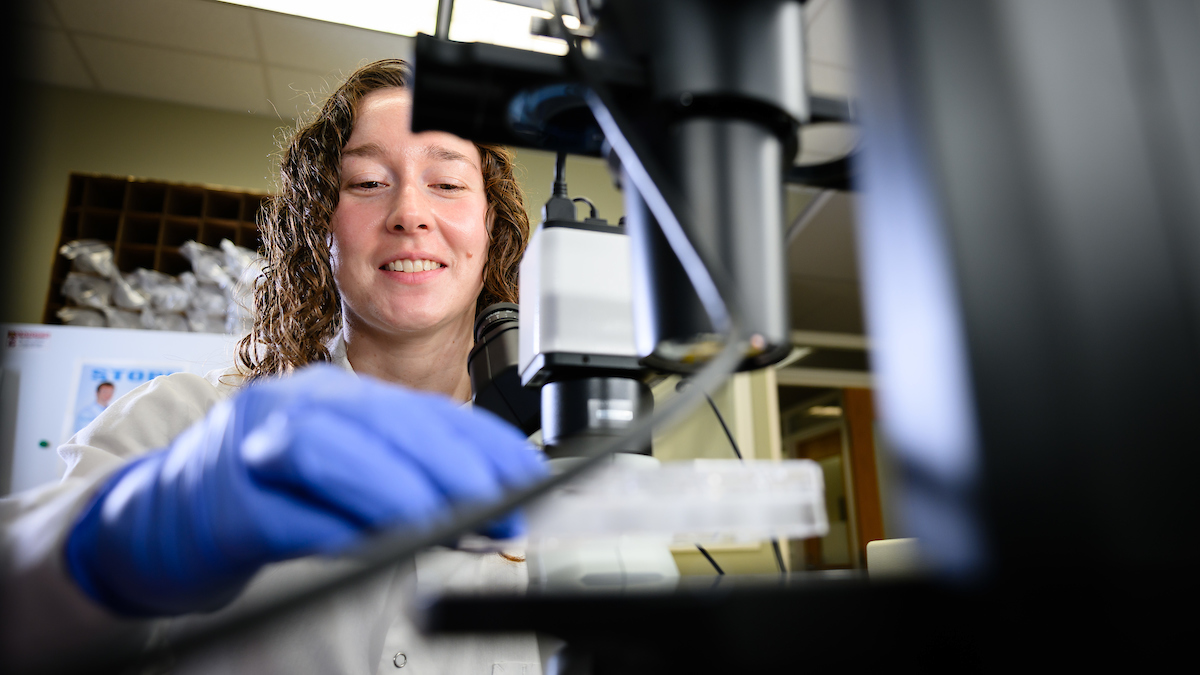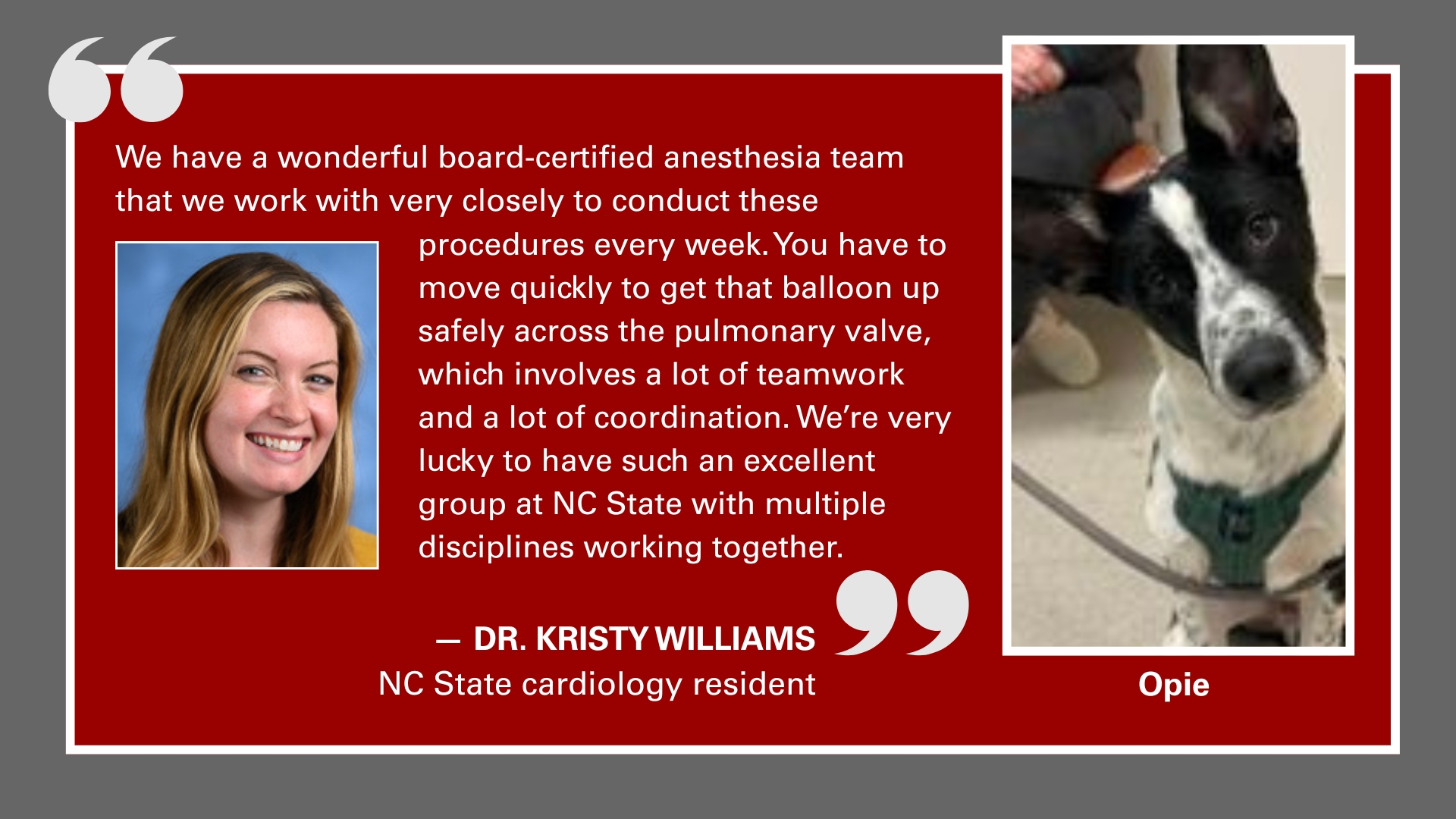CVM Studies Feral Pig Population for Evidence of Salmonella
Roaming feral pigs have established populations in 37 of our 50 states, causing an estimated $800 million in damage annually. And they may be sharing much more than just space with their domesticated brethren. Feral pig populations are exploding across the U.S., but there is not much data on the potential threat they may pose from an epidemiological perspective.
Dr. Siddhartha Thakur and colleagues from North Carolina State University aimed to remedy this situation. They collected fecal samples from feral pigs caught in eastern North Carolina to determine whether the pigs could be reservoirs of Salmonella and Clostridium difficile (C. diff.), common pathogens that are of concern to the swine industry due to their effect on domesticated pigs and their increasing frequency of resistance to multiple antibiotics.
The research paper, "Detection of Clostridium difficile and Salmonella in Feral Swine Population in North Carolina," appears in the Journal of Wildlife Diseases. Co-authors include Suzanne Kennedy-Stoskopf of the College of Veterinary Medicine and Christopher DePerno and Mark Sandfoss of the College of Natural Resources.
Dr. Thakur, an assistant professor in the College of Veterinary Medicine and director of the Thakur Molecular Epidemiology Laboratory, found that about 5 percent of the feral population he sampled was positive for Salmonella, and 4 percent was positive for a highly antibiotic-resistant strain of C. diff. While the percentages were thankfully low, this study is the first to detect any C. diff. in the feral population. The strain seems to be similar to the antibiotic-resistant strain found in commercial pigs, which could be evidence that feral and domestic swine have more potential contact than is currently thought.
Interestingly, the strains of Salmonella found in the feral population were those associated with reptiles and amphibians, which means that the pigs probably contracted them by contact with those animals in the wild.
“We really wanted to establish a baseline for Salmonella and C. diff in feral swine,” Dr. Thakur says. “The close proximity of feral and commercial swine necessitates the importance of conducting epidemiological studies to study the risk of disease transmission between the two swine populations and determine the role of feral swine as reservoirs of these disease agents. This will help us to be better prepared and be able to warn the swine farmers in advance.”
–Tracey Peake
Abstract of "Detection of Clostridium difficile and Salmonella in Feral Swine Population in North Carolina."
Posted Dec. 15, 2011


